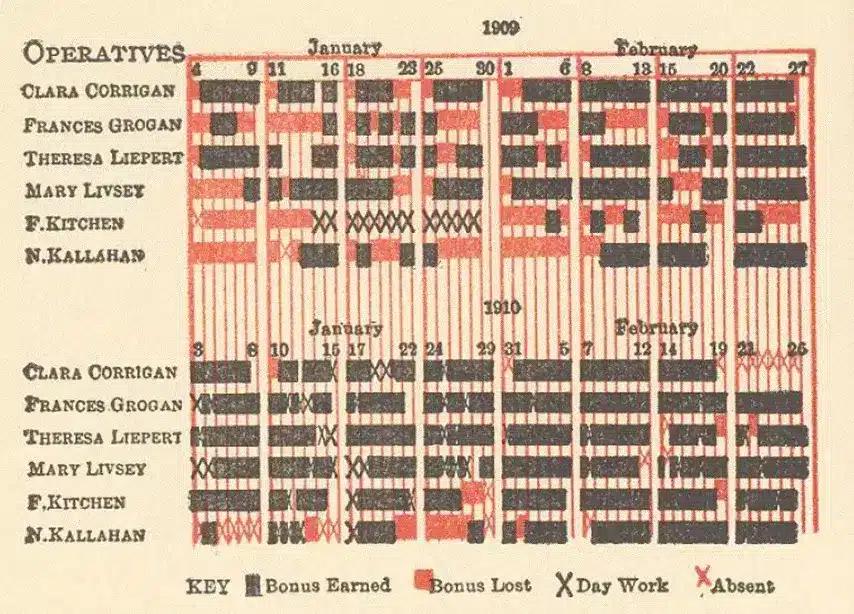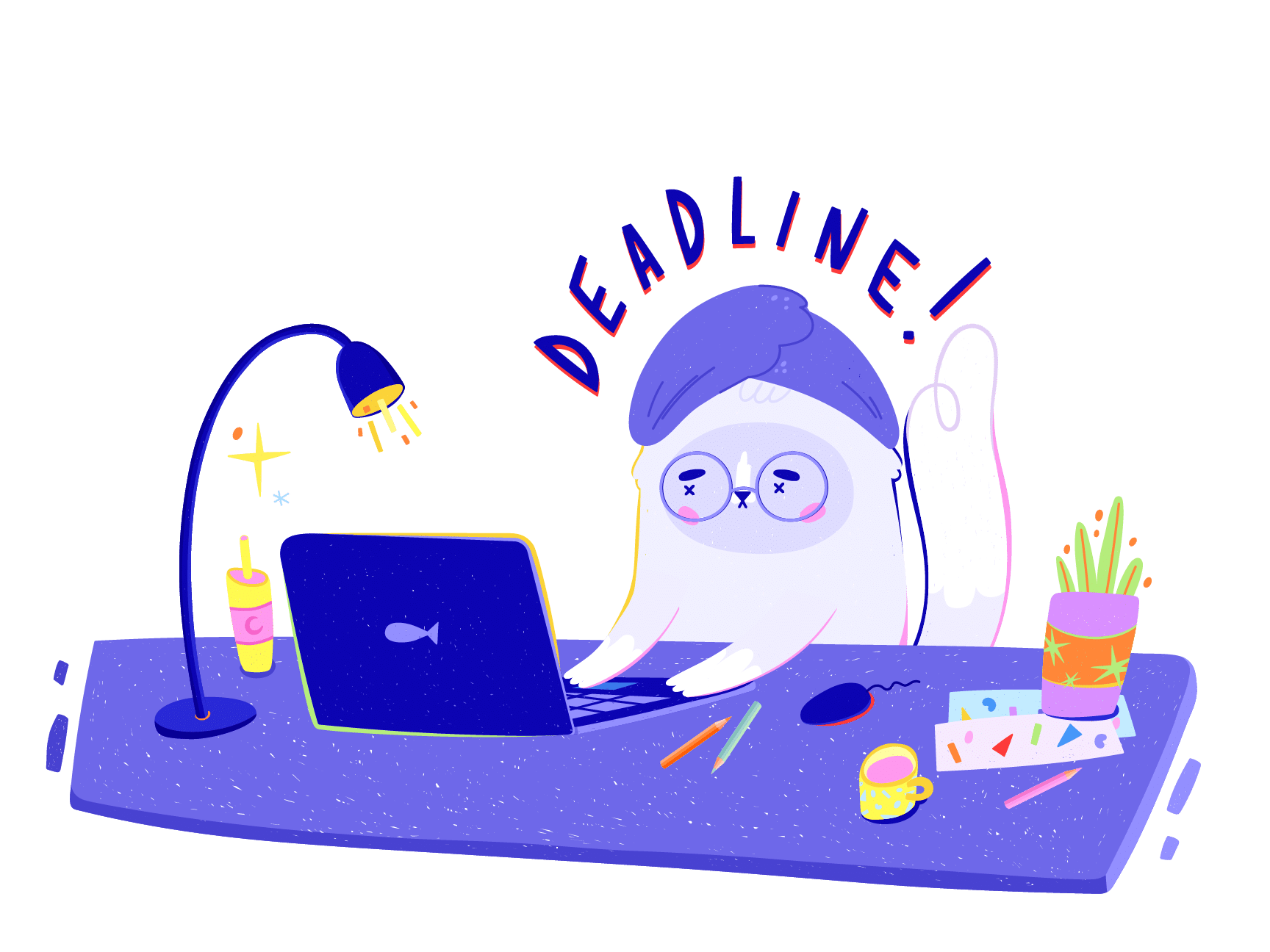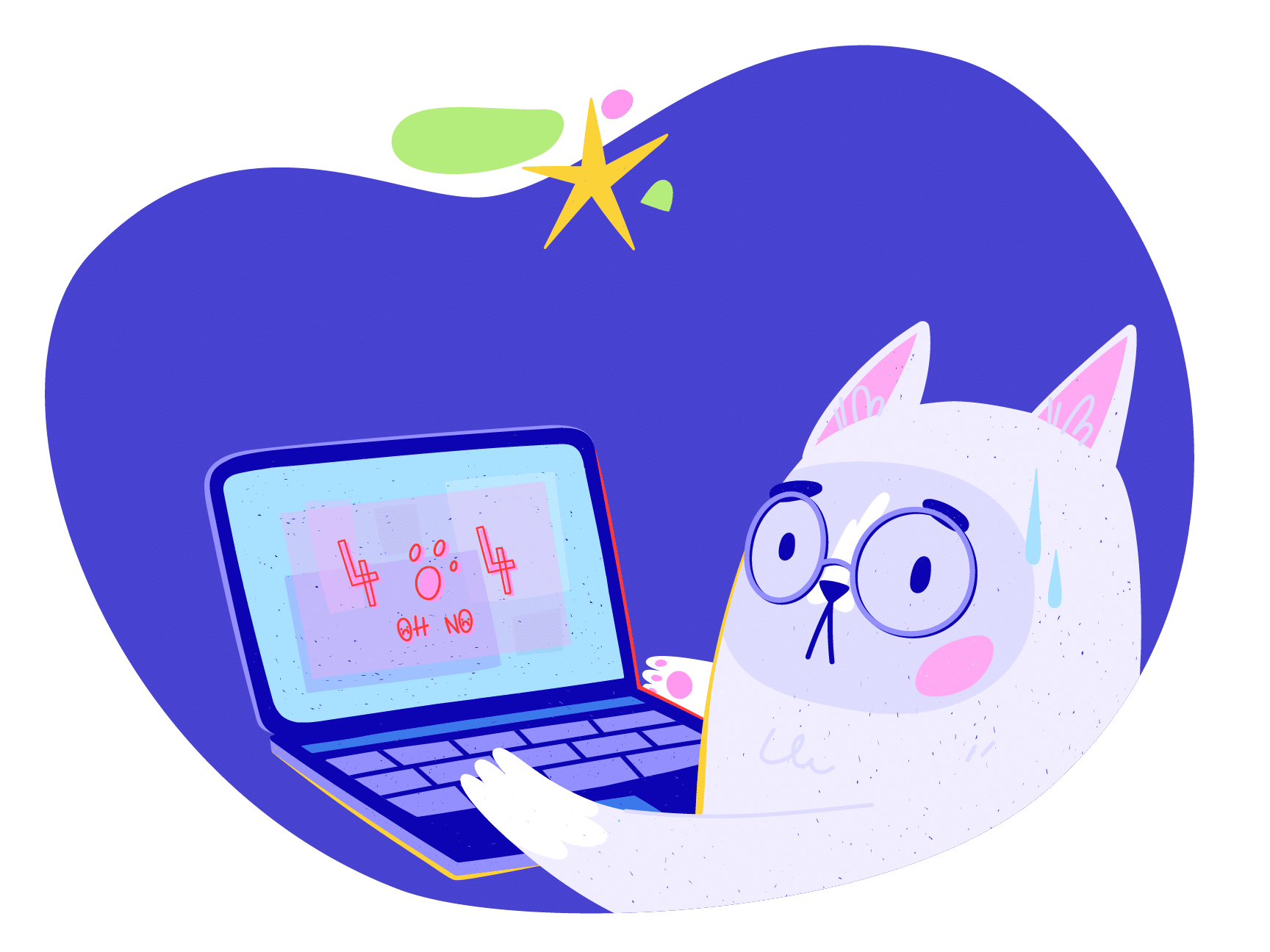Did you know it took 13,000 workers and engineers to drill the 50-kilometer Eurotunnel connecting England and France? This is just one example of a project that wouldn’t be possible without effective planning and coordination. In this article, we discuss why PM is a big deal and cover essential project management basics, in case you want to get into the business yourself.
🤔 What Is Project Management Anyway?
The Project Management Institute defines project management as “the use of specific knowledge, skills, tools and techniques to deliver something of value to people.”
The “value” can be represented by physical products like a notebook, a digital service like a music-streaming app, or something of a much larger scale. Think a 1,300-foot container ship, a residential building, or… the International Space Station (ICS) that cost $150 billion to build.
These days, we think of project management mostly in the context of software development. But regardless of the industry, projects usually unfold in four distinct project phases:
- 💡 Project conception and initiation
- 📑 Gathering requirements and planning
- 📊 Project monitoring and controlling
- 👍 Project closure
Project management aims to reduce friction across those phases. It also helps project teams meet customers’ expectations while staying within a set timeline and budget.
⏳ The History of Project Management
People have been managing projects for centuries. The pyramids, the Great Wall of China, and the famous Roman roads all took coordinated efforts of thousands of people to complete.
Sure, we didn’t have the project management tools and frameworks we have now. But the core premise—managing time, people, and resources—hasn’t changed all that much over thousands of years. So, when did project management, a discipline, formally start?
Some sources point to an American engineer Henry Laurence Gantt. If the name sounds familiar, it’s because in the early 1900s Gantt developed (surprise, surprise) the Gantt chart.

The Gantt chart was a breakthrough tool for visualizing project schedules in the form of a bar chart. It was quickly adopted in many industries and used for projects like the construction of the Hoover Dam which employed over 5,000 workers between 1931 and 1936.
💡 Project Management Trivia: The original concept for the Gantt chart was a brainchild of a Polish engineer Karol Adamiecki (1896). Gantt’s revised design, however, became more popular in the Western World, so the name stuck.
The “scientific” approach to work continued to grow throughout the 50s and 60s. It culminated with two PM tools: The Program Evaluation and Review Technique (PERT) developed by the Booz-Allen & Hamilton Corporation and The Critical Path Method (CPM), both still in use today.
In the 1980s, the Project Management Institute set out to integrate existing PM strategies. This led to the publication of the Project Management Body of Knowledge (PMBOK).
And the rest, they say, is history.
🌟 Why Is Project Management Important?
“Trying to predict the future is like trying to drive down a country road at night with no lights while looking out the back window. ” This quote by the famed management educator Peter Drucker perfectly captures what the world would be like without project management.
Where do we start? What resources and tools will we need? How long will the project take? How much will it cost? And most importantly, what does “success” mean?
Project management tools and strategies answer all those questions. They also help projects managers piece together the project jigsaw puzzle, in particular:
- 🔎 Define project scope and key deliverables.
- 💰 Manage budget and available resources.
- 🏗 Create a comprehensive project plan.
- 🗓️ Define schedules for tasks and dependencies.
- 👥 Allocate internal and external resources.
- 🌟 Choose people with the right skills for the job.
- 💬 Ensure effective communication on all levels.
- ❌ Mitigate risk as part of risk management.
- 🎯 Prioritize and deprioritize tasks as needed.
Outside observators and stakeholders usually see what’s right there on the surface—the final product, a piece of software, or an increase in quarterly profit.
But the value of project management, especially when performed effectively, lies under the surface. It’s the invisible scaffolding that keeps projects on course from start to finish.
👥 Project Management Roles and Responsibilities
A project team is a group of people involved in the planning and execution of a project.
Every member of the project team shares equal responsibility for success or failure. At least in theory, because even teams with a flat structure are usually divided into key roles:
| Project Manager 👑 | Project Owner 🧐 | Business Analyst ⚙️ | Project Team Members 👨💻 |
|---|---|---|---|
| Tracks progress/milestones | Assists the project manager | Identifies process improvements | Work on deliverables |
| Evaluates team performance | Assembles the project team | Documents business requirements | Design, code, and test |
| Define project scope and specs | Secures stakeholders’ buy-in | Gathers project requirements | Report progress to the PM |
| Plans and schedules work | Supports the project team | Works closely with stakeholders | Prioritizes tasks and dependencies |
| Identifies and mitigates risk | Creates the project vision | Supports project implementation | Identifies and solves problems |
Those roles can have different names depending on the framework, organizational culture, and the project itself. One example is the role of a Scrum Master in a Scrum team.
Of course, a project manager takes center stage. They receive praise when their teams hit project goals. They also take the blame when a project goes belly up.
Project teams can be functional—individual members represent different areas within the company—or cross-functional where each member brings a different skill set to the table.
💡 Project Management Trivia: In 1990, scientists from twenty universities set out to map the genes of the human DNA as part of the Human Genome Project (HGP). The project took 13 years to complete and cost almost $6 billion (adjusted for inflation).
Sometimes the boundary is blurry at best. For example, the Spotify Model for implementing Agile groups team members into flexible Squads and Guilds. Team members can freely migrate between those units, which greatly increases innovation across the company.
🥊 Project Management vs. Task Management
You may be wondering what’s the difference between project and task management. After all, both seem to be used almost interchangeably these days.
Let’s say you’re designing a new model of an autonomous lawnmower (they’re all the rage now). That’s your project with a big “P.” But the road from an initial design to production is long, so you need to divide the project into increments. And that’s where task management comes into play.
Managing a project means coordinating people, resources, and work on a macro scale. Managing tasks is doing the same—plus delegating/completing tasks—on a micro-scale.
Typical task management activities include:
- 🔎 Identifying dependencies or sub-tasks.
- 👉 Assigning tasks to task owners.
- ⏰ Setting deadlines and milestones.
- ✅ Completing tasks and reporting on progress.
- (Psst… you can make all that and ever more with Taskade!)
While projects are a collective effort, tasks are usually assigned to a specific team member. Those team members are responsible for completing them and reporting progress.
Some tasks can be tackled in parallel. Some are prerequisites (or sub-tasks) to other tasks, so the project team needs to finish them first. Effective task management ensures that individual tasks are completed by the right people at the right time.
🤹 Popular Project Management Methodologies
A project management methodology is a set of tools, principles, and strategies for delivering value to the customer. There are many popular project management frameworks. Some offer a more flexible approach while others are linear and sequential in nature.
Project management methodologies help projects teams:
- 🧰 Standardize and organize workflows.
- 🛠️ Apply the right tools and strategies.
- 🌟 Ensure consistent quality of deliverables.
- 🤝 Help coordinate teamwork/communication.
If you want to manage projects without hassle, you need to choose the right methodology for the job. Here are a few popular project management methodologies you need to know.
Scrum
Scrum is a lightweight agile framework. It divides projects into increments called Sprints. Scrum is a flexible methodology that lets the project team quickly iterate and adjust to changing project requirements. Some of the key characteristics of Scrum are:
- Scrum “ceremonies” or events like Sprint planning and daily stand-ups
- The role of the Scrum master who educated and guides the project team
- Self-organizing and cross-functional teams working autonomously
- Highlights effective collaboration and communication with stakeholders
Waterfall
The Waterfall model is a traditional approach to project management. It originated in the 70s and had been the leading project management methodology in software development until Agile took over. Waterfall organizes projects into linear, sequential phases.
- Projects are divided into analysis, design, implementation, testing, and operation phase
- Customers are not involved outside key project milestones
- Teams can include developers, testers, business analysts, and a project manager
- Less flexibility compared to Agile methodologies like Scrum
Lean
This is another Agile approach to project management, although it’s more often referred to as a “way of thinking” than a methodology. Lean project management originated in the post-WWII manufacturing industry and focuses on increasing productivity and reducing waste (Muda).
- Customer-centric and focused on delivering as much value as possible
- Cross-functional teams that deliver work in small increments
- Aims to reduce three types of waste (3m)—Muda, Muri, and Mura
- Encourages continuous improvement of business processes
🧑💻 Popular Project Management Tools
Before the age of computers, project management wasn’t fun. Not one bit.
Project managers—if you can call them that—used traditional pen & paper methods to manage resources and keep track of progress. The good news is you don’t need to track your KPIs on a stone table anymore (phew). Modern project management software lets you:
- 🤹♀️ Integrate communication, planning, and team management
- ☁️ Use cloud storage to upload files and documents
- 👥 Coordinate team members and delegate tasks
- 🔄 Work wherever you are with instant syncing across devices
- 📌 See the big picture with all tasks and dependencies
Here are some of the best project management tools in the wild. 👇
Taskade
Are you tired of using five, six, or more tools to manage projects? You’re not alone. Fragmented workflows are a major problem in the world of project management. But there’s a better way.
Taskade is an all-in-one project management app that helps you keep track of tasks, manage your team, and video-chat while collaborating in real-time. With Taskade, you can quickly kickstart all kinds of projects and keep your finger on the pulse 24/7.
- 🧘♂️ Chat, video calls, documents, and tasks in one app
- ⚡True real-time synchronization across devices
- 👁️ Dynamic workflows (List, Kanban, Chart, Mind Map, and Calendar)
- 🤖 Available for Mac, Windows, Linux, Android, iOS, and Web
- 🗓️ Calendar integrations with Google (2-way), Apple, and Outlook
- 👥 Unlimited team members and guests, even in the free plan
- And much more!
All that without having to switch between multiple apps or shuffling windows on the screen.
Watch this short video to see how it works:
Our free plan lets you collaborate and chat with as many team members as you want. You can also upgrade to Taskade Unlimited to get 2-way Google Calendar sync and many other perks.
Sign up for free and invite your team members to get started. 👈
Asana
Asana is a popular project management platform. It lets you manage tasks, track progress, and share documents—the whole nine yards. While the app doesn’t support video calls out of the box, you can still communicate with your team using third-party integrations.
Monday.com
Monday.com is an aesthetic and functional project management and task management app. It offers a complete package of features with generous customization options sprinkled on top. The UI is colorful and intuitive, but it takes some time to set up correctly.
Notion
Notion is not a “conventional” project management tool. Or at least it didn’t start as one. The app revolves around documents, databases, and unlimited customization. Despite limited task management and communication features, it’s still a solid choice for creative teams.
Want to check other project management tools? Check our article 11 Best Project Management Tools For Remote Teams where we compare some of the most popular options.
👋 Parting Words
The project management basics we covered in this article should give you a better understanding of the project management world. But learning time is far from over!
Be sure to expand your knowledge, attend project management courses, and connect with other people in the business to stay on top of the latest industry trends, tools, and strategies.
Enjoyed this article? Jump here to check other similar guides on the blog and uncover more project management tips for beginners. Till next time! 👋
🤖 Custom AI Agents: Create and train AI agents to streamline resource allocation and task delegation while you focus on the high-level stuff.
🪄 AI Generator: Generate detailed project plans and task lisst to ensure a comprehensive approach to every project phase and component.
✏️ AI Assistant: Generate comprehensive project outlines, simplify task prioritization, and speed up research with powerful /AI commands.
🗂️ AI Prompt Templates Library: Access a range of AI prompt templates for project management and task organization.
And much more…
🔗 Resources
- Henry L. Gantt, Work, Wages, and Profits: Their Influence on the Cost of Living



 What Are Gantt Charts? Simplifying Projects with Visual Planning
What Are Gantt Charts? Simplifying Projects with Visual Planning  Effective Project Management Strategies for Healthcare Professionals
Effective Project Management Strategies for Healthcare Professionals  Enhancing Team Collaboration and Productivity with Taskade AI
Enhancing Team Collaboration and Productivity with Taskade AI  How to Write a Project Plan – The 7 Core Components
How to Write a Project Plan – The 7 Core Components  Best Agency Management Software
Best Agency Management Software  What Is Scope Creep and How Can It Be Managed?
What Is Scope Creep and How Can It Be Managed?